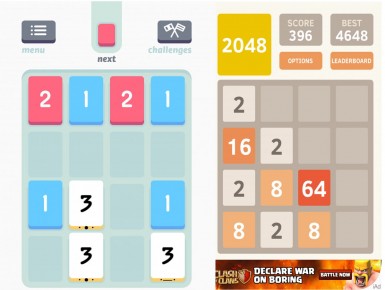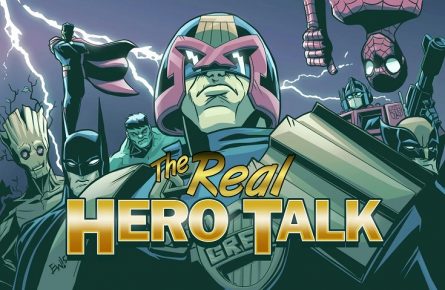Behind the Line: In defense of Free to Play (Part 1)

I’ve spoken about free to play before, but I keep seeing more and more about it from vocal players and even from people in the industry. I need to speak more on the topic, both the good and the bad about it. What we have is a new, disruptive approach to the games business that has shown to drastically increase the user base, though not without controversy. Much of the criticism is leveled in the wrong places, though. Complaints are often passionate, and can touch a variety of topics, like
- micro-transactions ruin games because they carve up a game to
- carving a game up to sell it to you again
- This is only to be predatory to people with addictive personalities
- It breaks competition, it’s pay to win
- Microtransactions are intrusive and disrupt the experience
- Players should be able to simply buy the game, and not be limited by energy mechanics that nickle and dime you.
Some of these complaints are based on prejudice, or fear of things that are different. Others are based entirely on how things are implemented. None of these are absolute.
Install Base
One of the first, and most potent things to consider with the free to play model is that it removes the initial barrier of entry. Traditionally, for a user to try the game they must buy it up front. While some form of rental might still be an option, that would still require some pay up front. When that barrier is removed, it opens the game up to an audience that could possibly be multiple orders of magnitude larger. This is a reasonable effect. If you take microtransactions or advertising out of consideration, and two games look equal, then most people would be more willing to try the one that doesn’t require you to pay to try it. This is similar to some arguments that say that the Steam refund policy in effect turning all games into demos is still a good thing, as people are more willing to try things.
In fact, we do have something that is almost exactly this situation. I used this as an example last week, but Threes vs 2048 is still a great example of this.

On the left, Threes, a well regarded mobile game. On the right, 2048, a game more than lightly inspired by Threes. Threes cost money, 2048 was free with ads. Guess which one got more users?
In fact, Asher Vollmer, one of the creators of Threes said as much directly in an article on The Verge:
“2048 has mostly served as a constant, overwhelming reminder of our mistake,” says Vollmer. “It taught us about the massive size of our potential audience.” Wohlwend adds that “Threes is the original, the best, and the game that will stick. We’re confident of that now and waiting to find the right solution for how to bring Threes to a wider audience is a result of that confidence.”
In truth, there is still one other barrier of entry, that being having the hardware needed to play the game. If every person on Earth is a potential customer, you instantly have to remove the majority as those who do not own the required hardware. The goal is then to have as much of the remaining potential customers to try your game. However most free to play games are on Mobile devices which are so ubiquitous these days as to be almost universal. On that platform, the hardware barrier is a much lower bar as well. With a near universal hardware install base, there is the potential for a near universal software install base as well.








Leave a Reply